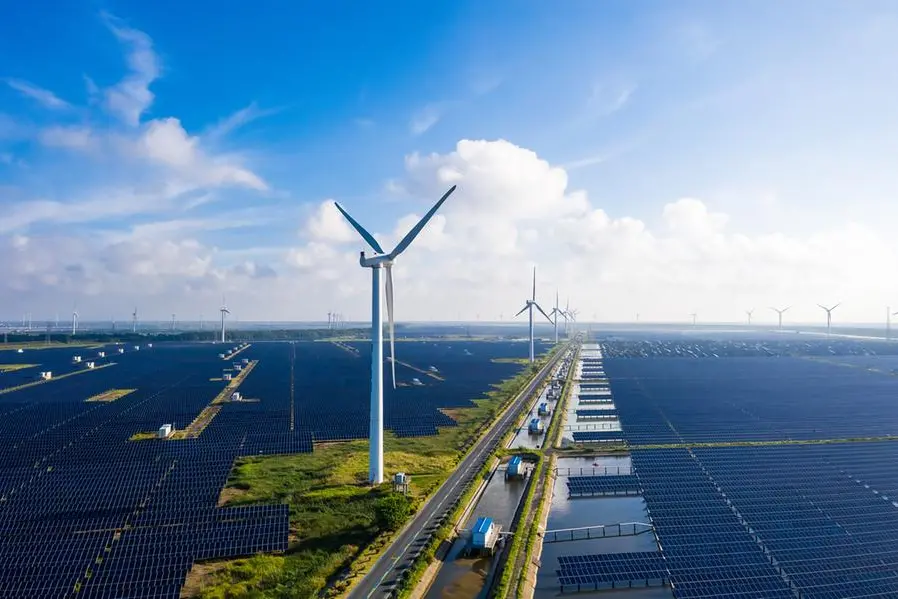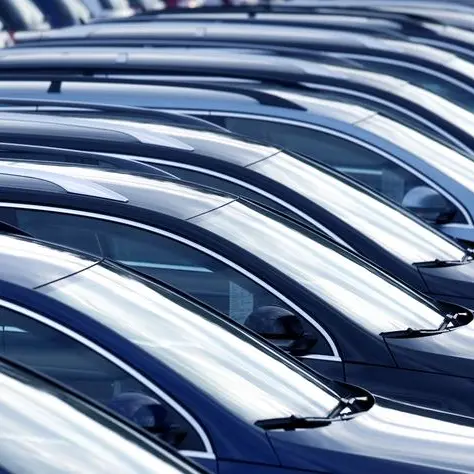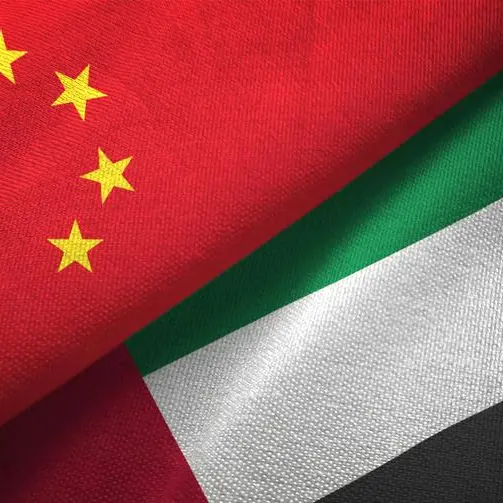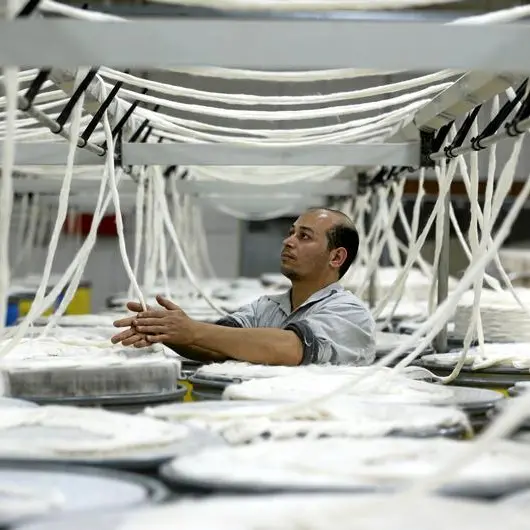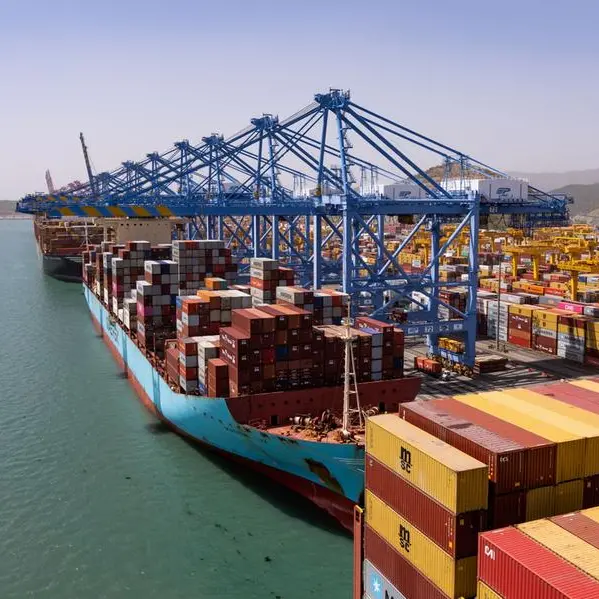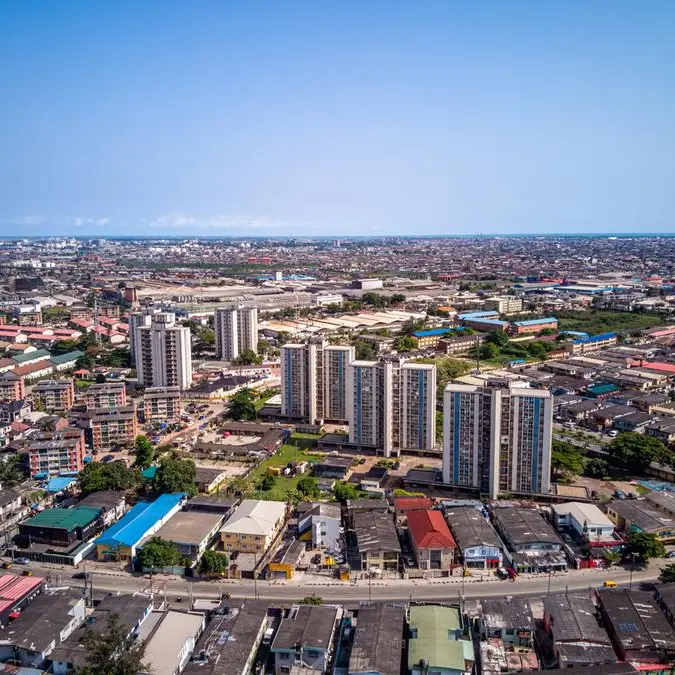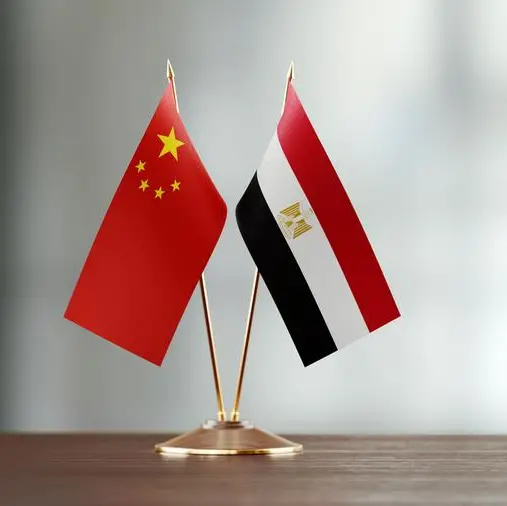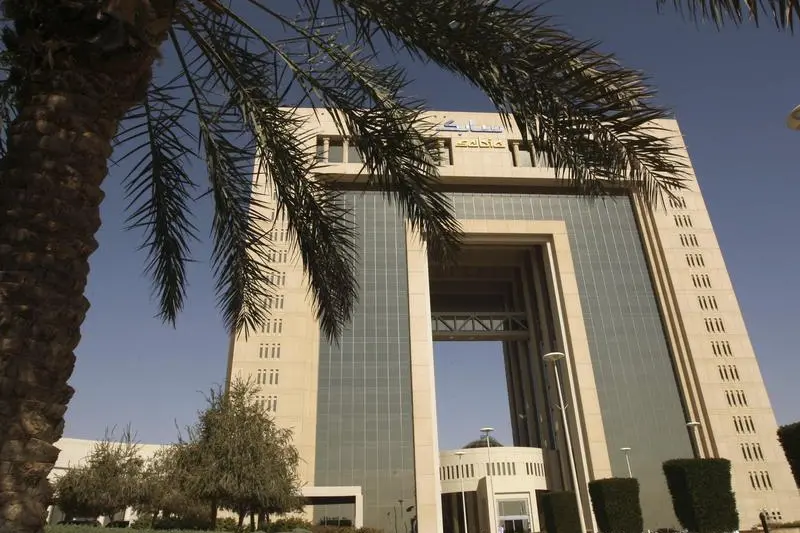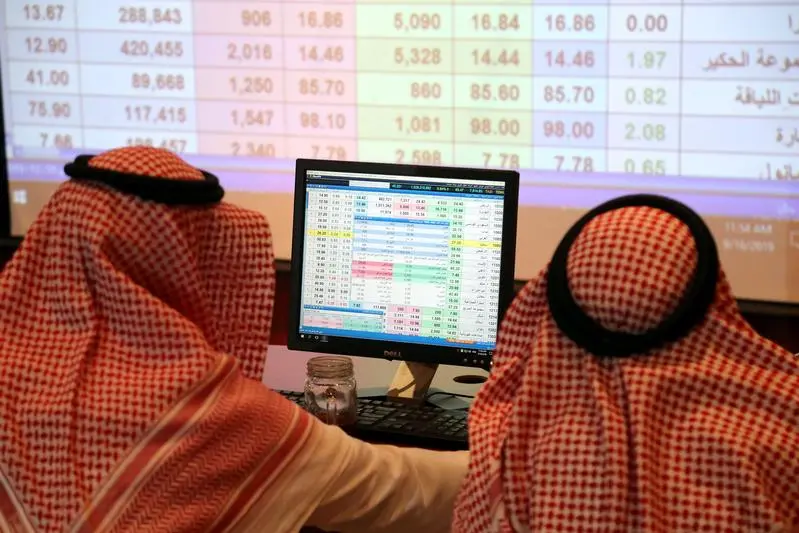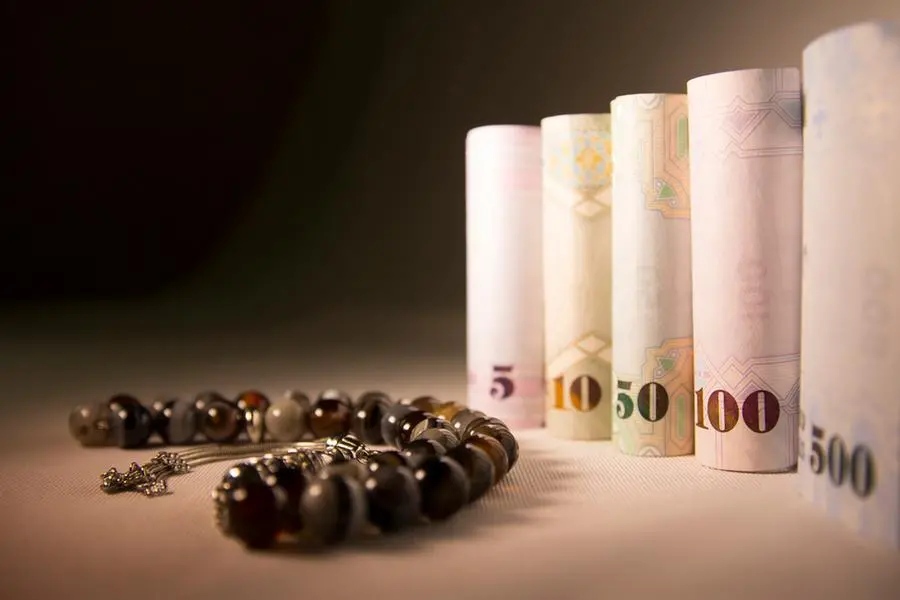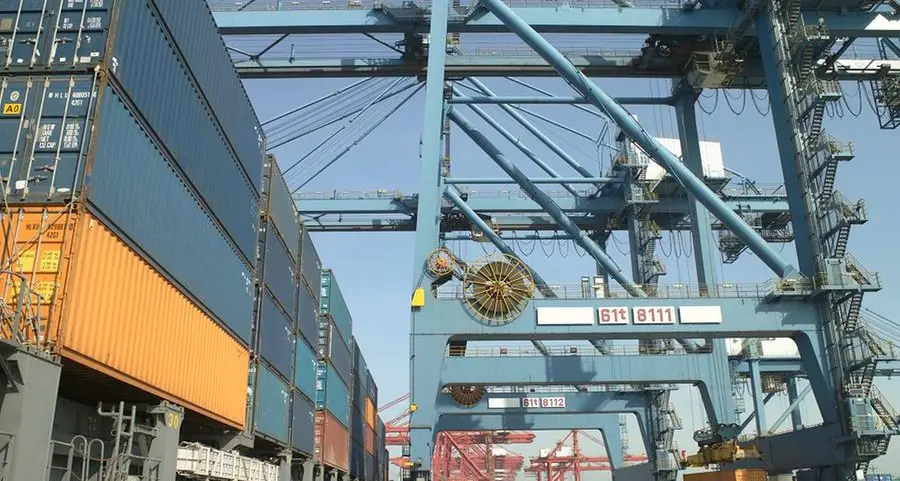PHOTO
Image used for illustrative purpose. Getty Images
With China alone accounting for 18 percent of debt service payments of low-income countries in 2023, equivalent to $10.8 billion, there is a growing recognition among the international community that solutions for the debt crisis need more than quick fixes.
Dr Christoph Nedopil Wang, Associate Professor of Practice and Director of the Green Finance & Development Centre, FISF Fudan University in Shanghai, told Zawya Projects that sovereign debt distress risk impedes sustainable development in many emerging economies. He said some countries could not ensure payment for trade due to a lack of government funds and foreign reserves.
“It is therefore important that the international community find long-term solutions for the debt crisis that goes beyond rescheduling debt payments,” he said in an interview.
Wang, also a visiting faculty at Singapore Management University, said debt swaps as a debt restructuring solution could be scaled up to include “debt for nature, debt for climate and debt for energy” swaps, wherein debt relief could be provided in return for a commitment from the debtors to invest in building climate-resilient infrastructure, protecting bio-diverse forests and reefs, or investing in clean energy projects.
Wang pointed out that when countries are compelled to grow their GDP and are not in a position to sustain public funding for conservation, debt-for-climate and debt-for-nature swaps can step in, more particularly so when such swaps involve a substantive portion of the country’s debt.
He cited the example of Seychelles, which successfully raised $15 million from international investors converting its national debt via the world’s first Blue Economy debt for nature swap made possible by private funders, including the China Global Conservation Fund.
Ecuador is also planning to get funds at a discount from China’s Kunming Biodiversity Fund for retiring its debt in return for preserving local biodiversity.
Wang said the international community, including development finance institutions, bilateral lenders like China and private bondholders, could leverage such innovative solutions to find long-term solutions for the debt crisis beyond rescheduling debt payments. He also emphasised that Belt and Road Initiative (BRI) investment cooperation funds could play a unique role in promoting green projects along the Belt and Road.
Whys and whereof
Managing a sovereign debt crisis that threatens to derail sustainable growth in emerging economies is among the core challenges before the world.
According to a note co-authored by Wang, among the 68 DSSI (Debt Service Suspension Initiative) eligible countries, of which 57 are BRI partner countries, the total outstanding public external debt owed to China as an official bilateral creditor was $104 billion by the end of 2021.
In the absence of any cohesive solution to the debt issue, a situation has come up where many countries cannot service their debts. The percentage of the 68 countries eligible for the already expired DSSI unable to fulfil their financial obligation rose to 14 percent in 2021 compared to 3 percent in 2016. Additionally, Wang underscored that the percentage of countries with a high risk of debt distress stood at 43 percent in 2021 compared to 29 percent in 2016.
He also noted that in BRI member countries Pakistan, Sri Lanka and Zimbabwe, the debt crisis threatens to impede sustainable development due to the inability of the governments to ensure payment of their trade. Sinosure, the Chinese export credit insurance company, had warned Chinese exporters about payment risks in Pakistan due to the continued sovereign debt issues.
According to data from China’s State Administration of Foreign Exchange (SAFE), which Wang quoted, China’s FDI debt instruments, loans, and short-term trading credit ballooned to $1.9 trillion in 2021. These present substantive challenges to public finance management and require international cooperation and innovative debt repayment solutions.
International cooperation
China, Wang pointed out, has been trying to internationalise the BRI with ADB, the World Bank and the UN signing third-party cooperation agreements under the BRI. China got its proposal for using sustainability swaps, mainly nature swaps, discussed and implemented in the Spring Meetings of the International Monetary Fund (IMF) and the World Bank.
Further, he pointed to the third-party cooperation agreements signed by various developed countries under the BRI as an illustration of international cooperation to support development in less developed countries.
Even the initiatives in competition to the BRI, like the EU’s Global Gateway, could be viewed as China galvanising global interest in expanding much-needed investment in less developed countries.
Though the international community has launched several relief campaigns to help debt-ridden countries, it has struggled with a common framework to deal with the issues arising from its initiatives.
In a blog post, dated 14 December 2022 on the IMF website, Kristalina Georgieva, Marcos Chamon, and Vimal Thakoor indicated that debt swaps, though in existence for quite some time, have remained largely as a niche product linked to small projects that are expensive to structure and monitor. The Authors noted that swaps need to be scaled up significantly to have any real impact.
“I remain hopeful that all countries can cooperate on global issues, like climate change and biodiversity loss, through financing and development partnerships,” Wang concluded.
(Reporting by Syed Ameen Kader; Editing by Anoop Menon)
